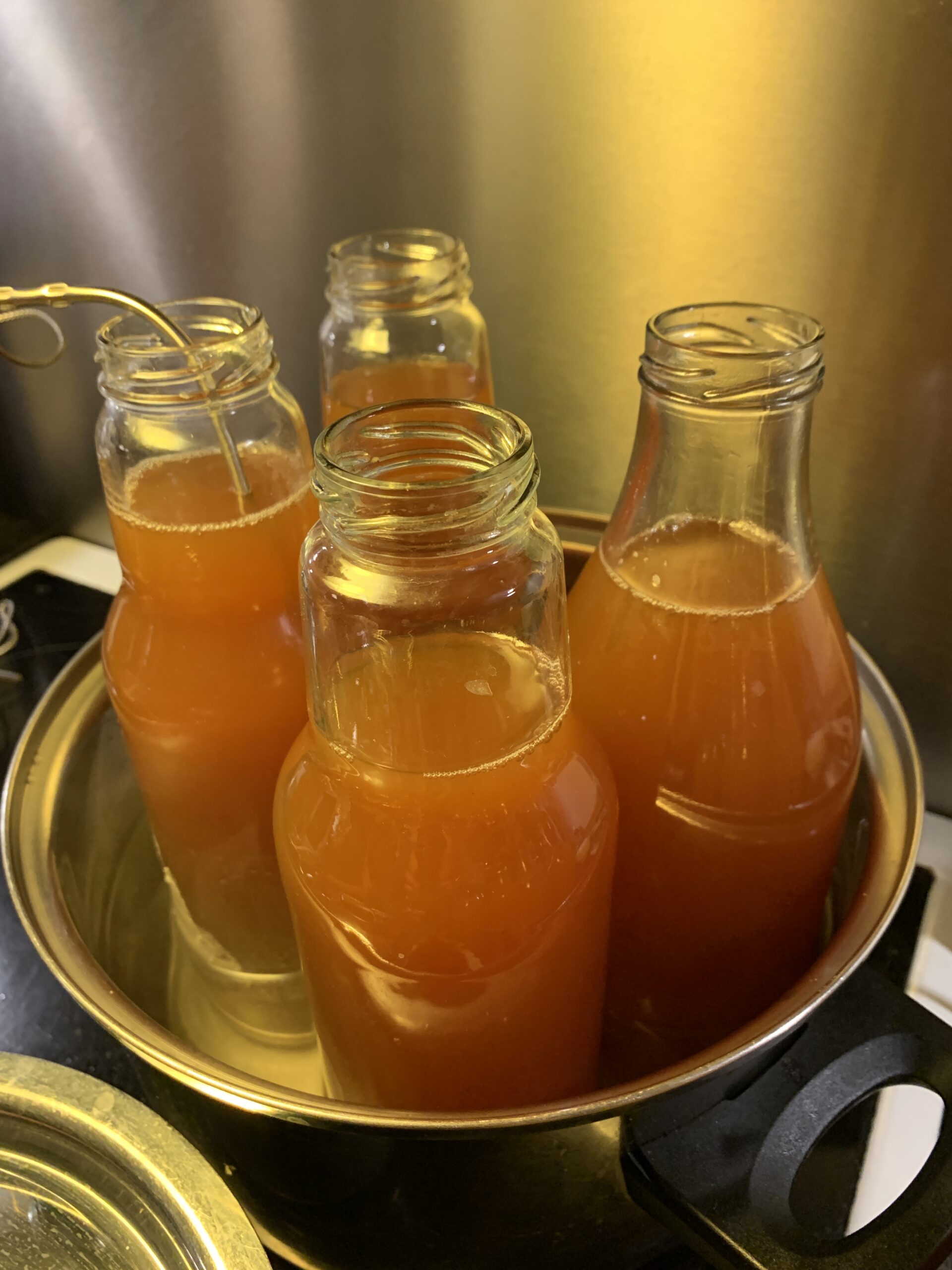Hello fellow wine enthusiasts and homebrewers! Today, we’re going to dive into the fascinating world of wine clarification and learn about a popular fining agent called kieselsol. As an experienced brewer, I’ve had my fair share of encounters with this substance, and I’m excited to share my knowledge with you all.
So, the main question that we’ll be addressing in this blog post is: How much kieselsol should you add per gallon of wine?
After extensive research and personal experience, I can confidently say that the recommended dosage of kieselsol is 1 to 2 mL per gallon of wine. However, this amount can vary depending on factors such as the specific gravity of your wine and the desired level of clarification.
Now that we have a concise answer to our main question, let’s dive deeper into the world of kieselsol and wine clarification.
What is Kieselsol?
Kieselsol is a liquid fining agent made from highly purified and sterilized colloidal silica. It is a popular choice among home winemakers and commercial wineries for its ability to remove haze-causing particles and improve the clarity of wine.
Kieselsol works by attracting and binding to these particles, causing them to sink to the bottom of the fermenter or aging vessel, where they can then be easily removed through racking or filtration.
Benefits of Using Kieselsol
There are several advantages to using kieselsol as a fining agent in your wine:
1.Effectiveness: Kieselsol has a high affinity for haze-forming particles, making it an effective option for clarifying wine.
2.Speed: Kieselsol works relatively quickly, often showing results within 24 to 48 hours of application.
3.Compatibility: Kieselsol is compatible with most other fining agents, allowing you to combine treatments if needed.
4.Vegan-friendly: Unlike some other fining agents derived from animal products, kieselsol is suitable for vegan wines.
5.Low impact on flavor: When used properly, kieselsol can clarify your wine without significantly affecting its taste or aroma.
How to Use Kieselsol
Using kieselsol in your wine is a relatively simple process. Here are the steps to follow:
1. Determine the appropriate dosage for your wine (typically 1 to 2 mL per gallon).
2. Gently stir the kieselsol into your wine, ensuring even distribution.
3. Leave the wine undisturbed for 24 to 48 hours to allow the kieselsol to work its magic.
4. After the allotted time, check the clarity of your wine. If further clarification is needed, consider repeating the process or using an additional fining agent.
5. Once your wine has reached the desired level of clarity, proceed with racking or filtration to remove the sediment.
Factors Affecting Dosage
As mentioned earlier, the recommended dosage of kieselsol is 1 to 2 mL per gallon of wine. However, there are factors that can influence the amount needed for optimal results:
1.Specific gravity: Wines with a higher specific gravity may require a higher dosage of kieselsol to effectively remove haze-causing particles.
2.Type of wine: Different types of wines may require different dosages of kieselsol. For example, white wines may need a slightly higher dosage than red wines due to their higher susceptibility to oxidation.
3.Level of clarification desired: If you want a very clear wine, you may need to increase the dosage of kieselsol or use it in conjunction with another fining agent.
Common Mistakes to Avoid
Here are some common mistakes to avoid when using kieselsol in your wine:
1.Overdosing: Using too much kieselsol can strip your wine of desirable flavors and aromas. Stick to the recommended dosage and adjust as needed based on the factors mentioned above.
2.Underdosing: Using too little kieselsol may not provide the desired level of clarification. If you’re unsure, start with the lower end of the recommended dosage and adjust as needed.
3.Poor mixing: Failing to properly mix the kieselsol into your wine can result in uneven clarification. Be sure to gently stir the kieselsol in to ensure even distribution.
4.Impatience:Give the kieselsol enough time to work before checking the clarity of your wine. Rushing the process may result in a less clear final product.
Alternatives to Kieselsol
While kieselsol is a popular choice for wine clarification, there are other fining agents that may be more suitable for your specific needs. Some alternatives include:
1.Bentonite:A clay-based fining agent that is particularly effective in removing proteins from white wines.
2.Isinglass: A fining agent derived from fish swim bladders, isinglass is effective in clarifying both red and white wines but may not be suitable for vegan wines.
3.Egg whites: A traditional fining agent used to clarify red wines, egg whites can help remove harsh tannins and sediment.
4.Gelatin: Derived from animal collagen, gelatin is another option for wine clarification but may not be suitable for vegan wines.
Conclusion
In conclusion, the recommended dosage of kieselsol per gallon of wine is 1 to 2 mL. This amount can vary depending on factors such as the specific gravity of your wine and the desired level of clarification.
Kieselsol is an effective, fast-acting, and vegan-friendly fining agent that can help you achieve crystal-clear wine without significantly impacting its flavor.
Here are 10 key facts to remember about kieselsol:
1. Kieselsol is a liquid fining agent made from colloidal silica.
2. It is used to remove haze-causing particles and improve the clarity of wine.
3. The recommended dosage is 1 to 2 mL per gallon of wine.
4. Kieselsol works quickly, often showing results within 24 to 48 hours.
5. It is compatible with most other fining agents.
6. Kieselsol is suitable for vegan wines.
7. When used properly, it has minimal impact on flavor and aroma.
8. The dosage of kieselsol may need to be adjusted based on specific gravity, type of wine, and desired level of clarification.
9. Proper mixing and patience is essential for optimal results.
10. Alternatives to kieselsol include bentonite, isinglass, egg whites, and gelatin.
FAQs
Is chitosan necessary in wine making?
No, chitosan is not necessary in wine making, but it can be used as a fining agent to clarify the wine by removing unwanted particles.
Is chitosan in all wine?
No, chitosan is not present in all wines. It is a fining agent that is sometimes used in the winemaking process to clarify the wine and remove impurities, but not all winemakers use it.
Is chitosan used in red wine?
Chitosan is sometimes used in the winemaking process as a fining agent to clarify and stabilize the wine, but its use is not common in red wine.
How long does Chitosan and Kieselsol take to work?
Chitosan and Kieselsol may start working immediately after consumption, but their full effects may take several hours to be noticeable. The exact time frame may vary depending on the individual’s metabolism and other factors.
How do you use Kieselsol?
Kieselsol is typically used as a clarifying agent in winemaking and beer brewing. It is added to the liquid and allowed to settle, after which it helps to remove suspended particles and sediment. The recommended usage and timing can vary depending on the specific product and application, so it is important to follow the instructions provided by the manufacturer.
Why do you add Kieselsol to wine?
Kieselsol is added to wine as a fining agent to clarify the wine by removing haze-causing particles.





